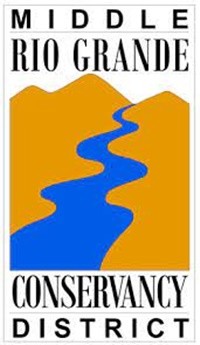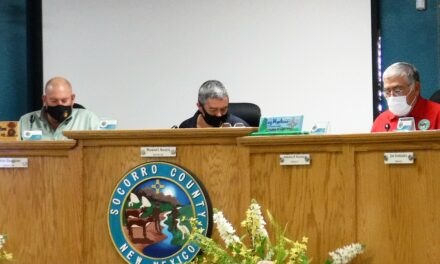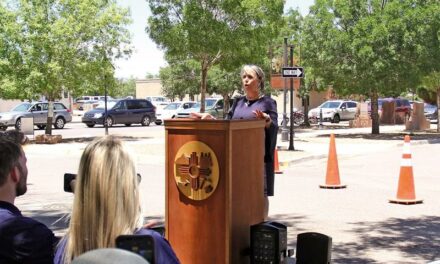
In mid-July, the Middle Rio Grande Conservancy District began releasing from its allocation of water from the San Juan-Chama Project. These releases supplemented irrigation deliveries through the middle valley through August.
MRGCD’s San Juan-Chama water has now been depleted, and the natural flow of the Rio Grande is well below what is needed to meet the irrigation demand of non-Pueblo lands.
The remaining water will be first delivered to the six middle Rio Grande Pueblo’s Prior and Paramount Lands. MRGCD says it will be doing its best to equitably deliver any water, in excess of the Prior and Paramount irrigation demand, to non-Pueblo lands downstream of the Pueblo of Isleta. If rain increases available water supply in the river, MRGCD said it will resume delivery to non-tribal lands north of the Pueblo of Isleta.
“Unfortunately, our hydrological reality is tough: we have natural factors like high temperatures and lack of rain, as well as infrastructure and Rio Grande Compact restraints that limit our ability to store and distribute water for times like these,” said Jason Casuga, Chief Executive Officer, MRGCD.
Although some sections of the Middle Rio Grande Valley do run dry most years, last year was the first time the river reach ran dry in Albuquerque since the 1980s.
Middle Rio Grande water users were given prior notice last month to anticipate extreme water shortage and irrigation delivery limitations.
“We hope that there is always enough water to provide to our users when they need it, but the reality is that there are challenges, and we will all have to work together to adapt and come up with solutions that keep the Middle Rio Grande Valley green,” Casuga said. “Ongoing coordination with partner agencies to secure alternate water storage, as well as efforts to increase conveyance efficiency are among our top priorities as this irrigation season winds down.”
While dry river areas can seem like a safe open space to explore, MRGCD officials and its partners remind the public to steer clear of such areas. Sudden rain runoff and flash flooding could pose a dangerous environment to people. In addition, trekking through a dry riverbed could permanently damage its habitat.


















